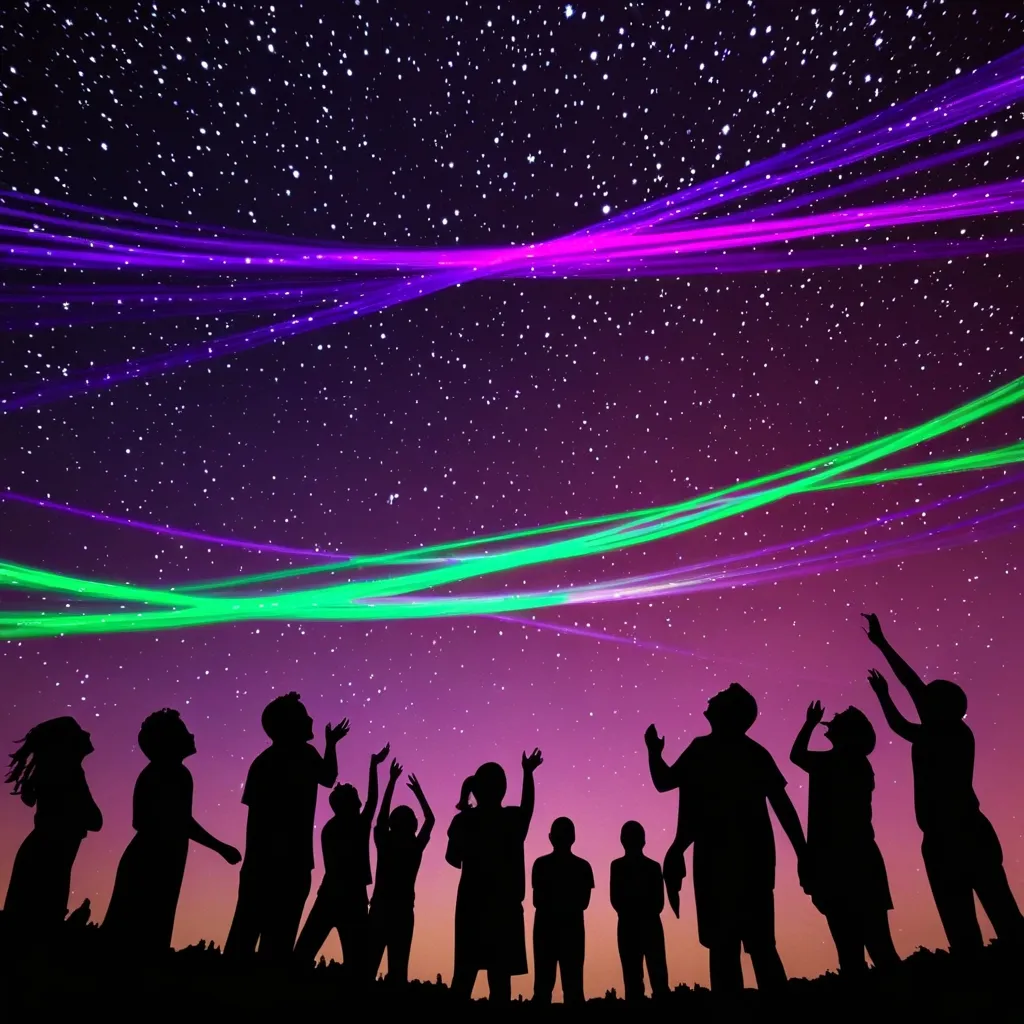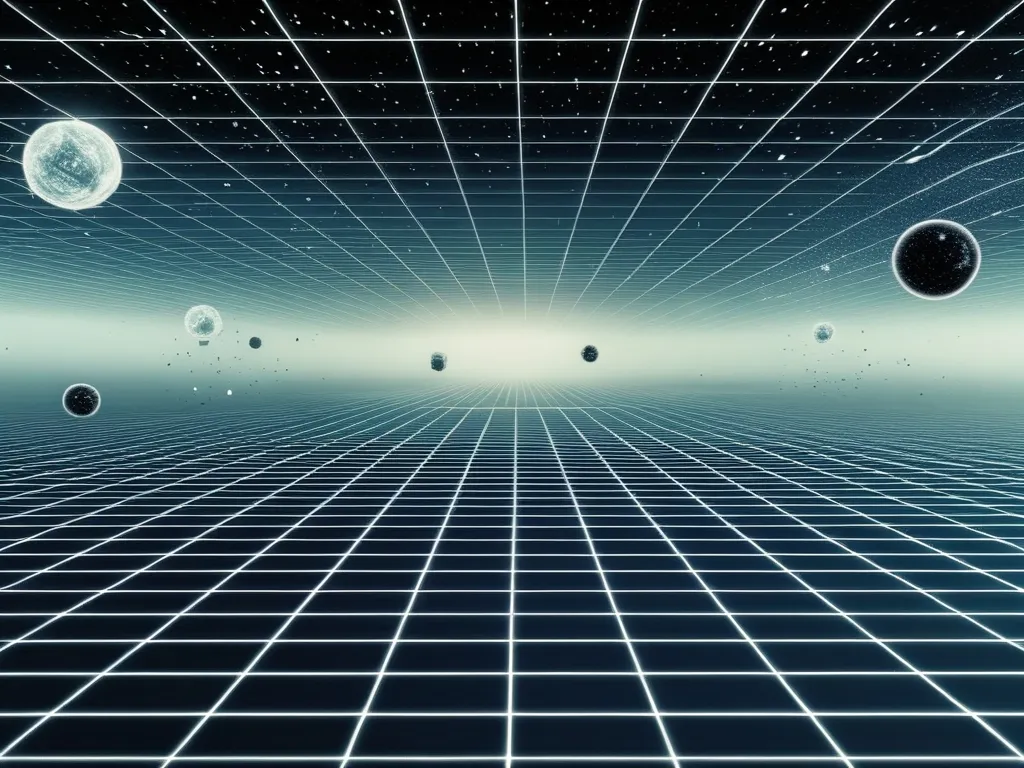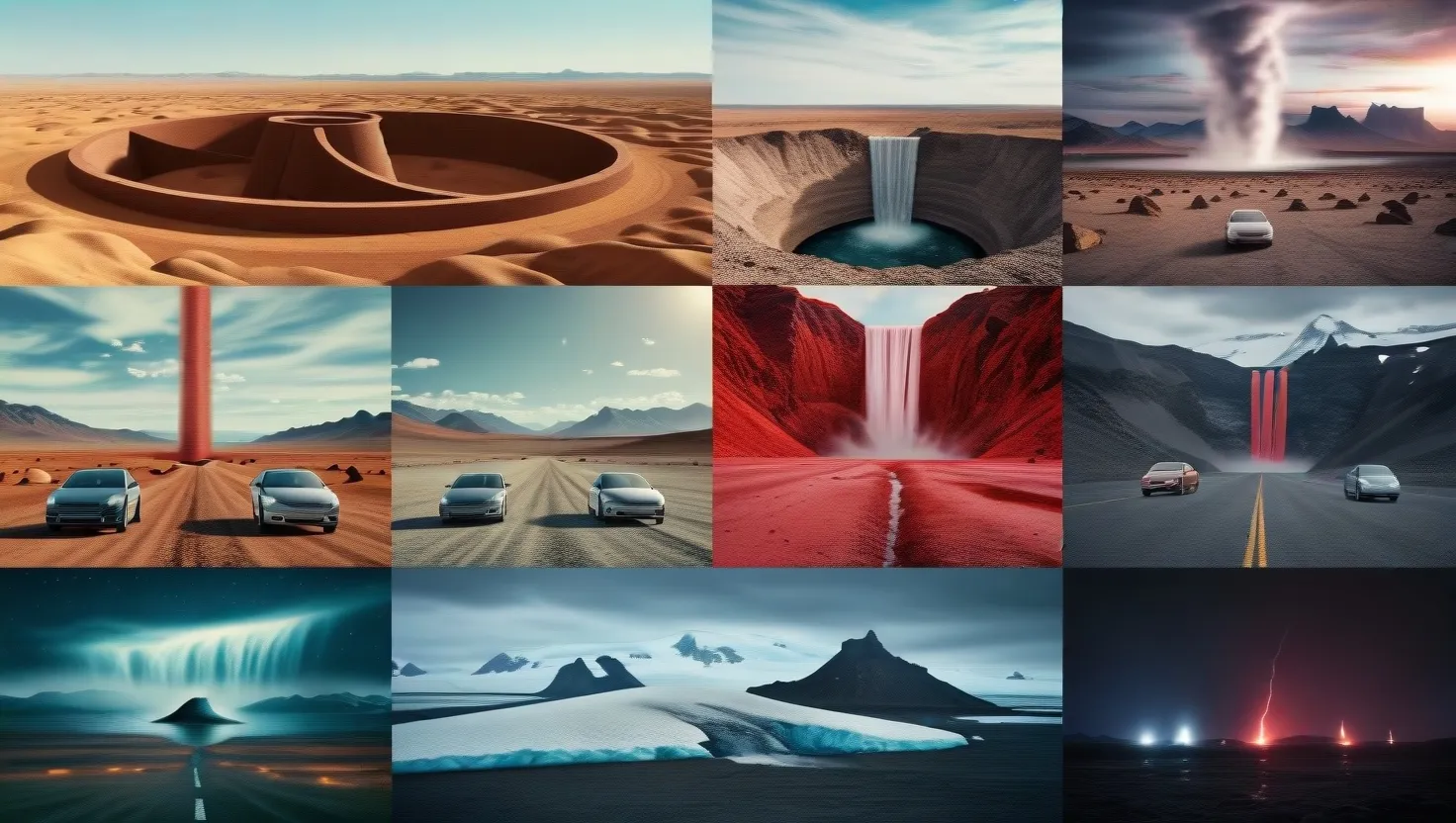The Night Sky’s New Mystery: STEVE’s Twin and the Wonders of Auroral Phenomena
Ever gazed up at the night sky and felt a sense of wonder? Well, get ready to have your mind blown all over again. There’s a new kid on the block in the world of celestial lights, and it’s shaking things up in a big way.
Let’s talk about STEVE. No, not your neighbor Steve who always forgets to return your lawnmower. We’re talking about Strong Thermal Emission Velocity Enhancement, a fancy name for a pretty spectacular light show in the sky. STEVE first popped up on our radar thanks to some eagle-eyed citizen scientists in Alberta, Canada. These folks weren’t content with just oohing and aahing at the usual green and blue auroras. Nope, they spotted something different - a purple ribbon of light streaking across the sky.
Now, STEVE isn’t your average aurora. While the typical northern lights happen when solar wind particles crash into our atmosphere, STEVE is more like a river of super-hot gases zipping along different magnetic field lines. It’s like the rebel of the aurora world, showing up at lower latitudes and doing its own thing.
But here’s where it gets really interesting. Scientists had a hunch that STEVE might have a twin. You know, like how some of us have that annoying sibling who always has to copy everything we do? Well, they thought there might be another phenomenon just like STEVE, but showing up at dawn instead of dusk.
And wouldn’t you know it, they were right! On a chilly December night in 2021, a photographer in Norway stumbled upon something weird in his pictures. It looked a bit like STEVE, but not quite. This new arc stretched over 600 miles across the sky, hanging out above the usual green aurora and moving eastward.
Now, you might be wondering, “How do we know this isn’t just STEVE playing tricks on us?” Well, that’s where some fancy satellites come in. The European Space Agency’s Swarm satellites swooped in to save the day, confirming that this new phenomenon was indeed its own thing. It’s like they caught STEVE’s twin red-handed, complete with its own unique eastward ion flow.
This discovery is pretty huge, and it’s all thanks to a mix of professional scientists and everyday folks with a passion for the night sky. It just goes to show that you don’t need a fancy degree to make a big impact in science. Sometimes, all it takes is a keen eye and a willingness to look up.
As we get closer to the peak of solar activity, we’re bound to see more wild and wonderful things in the sky. Remember that massive geomagnetic storm in May 2024? It was like nature’s own fireworks show, and it reminded us just how much there is to learn about space weather.
Speaking of learning, let’s talk about cameras for a sec. You know those digital cameras that your parents used to take embarrassing vacation photos? Well, they’re now crucial tools in scientific research. Who would’ve thought? These cameras are perfect for capturing high-contrast images of auroral events. It’s like millions of people around the world are unwittingly contributing to a massive scientific database every time they snap a pic of the night sky.
But this isn’t just about pretty pictures. Understanding these phenomena helps us grasp how space weather affects our planet. It’s like piecing together a cosmic puzzle, with each discovery bringing us closer to seeing the big picture.
Now, imagine standing under a star-studded sky, watching colors dance overhead that most people have never seen. That’s what it’s like to witness STEVE or its newly discovered twin. It’s a reminder that there’s always more to discover, even in things we think we know well.
This discovery is also a testament to the power of collaboration. It’s not just about lab coats and fancy equipment anymore. It’s about people from all walks of life coming together, united by a shared curiosity about the world around us. Whether you’re a professional scientist or just someone who likes to stargaze, you could be the one to spot the next big thing in the night sky.
As we look to the future of aurora research, it’s clear that this collaborative approach is here to stay. With more people than ever keeping their eyes on the sky and satellites constantly collecting data, we’re bound to uncover even more secrets of our universe.
But let’s not forget the personal side of all this. There’s something truly magical about looking up at the night sky and seeing these incredible light shows. It connects us to something bigger than ourselves, reminding us of the vast, mysterious universe we’re a part of.
For those of us who’ve always been fascinated by the stars, this discovery is like fuel for our curiosity. It’s a reminder that even in this age of technology and information, there are still mysteries waiting to be solved right above our heads.
And who knows? Maybe the next big discovery is waiting for you. So next time you’re outside at night, take a moment to look up. You never know what you might see. Maybe you’ll spot STEVE, or its twin, or something entirely new that no one has ever seen before.
In the end, that’s what this is all about - the thrill of discovery, the joy of understanding our world a little bit better, and the excitement of knowing that there’s always more to learn. So keep your eyes on the skies, folks. The next big discovery could be just a glance away.






